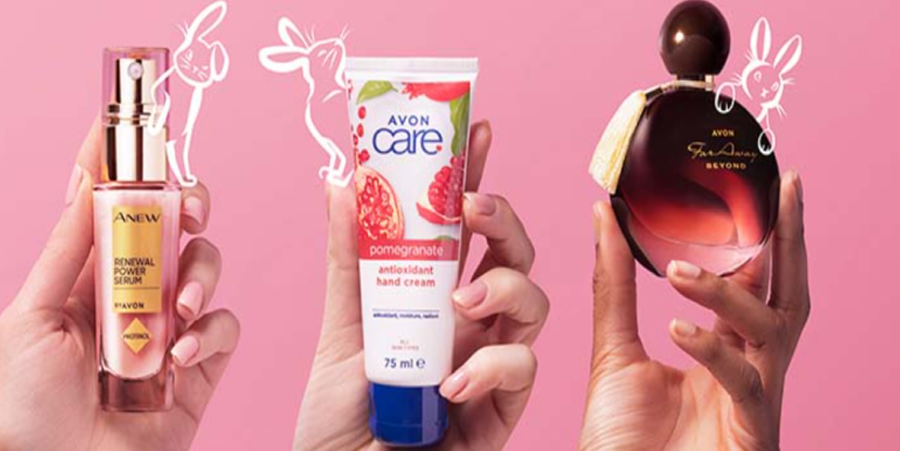Avon is one of the original DTC businesses, with “Avon Ladies” demonstrating and selling products in people’s own homes, but in the internet age the business model has had to change – and it recently opened a store on Amazon.
Why it matters
With millions of beauty consumers buying products on Amazon, there was an obvious opportunity, but also a concern not to cannibalise the sales being made by 60,000 representatives. That’s what Sue Stephenson, Avon’s director of e-commerce, told a session at MAD//Fest.
What Avon did
- It launched an Amazon store at the same time as a new product innovation launched.
- It increased spending on performance media and on Amazon media.
- It worked with its reps to ensure they could grow their business at the same time.
Lessons learned
- Don’t attempt to move too quickly (Avon went from pitch to live with 150 ASINs in just three months).
- It takes time and effort to understand Amazon’s operational nuances (eg the difference between its vendor and seller approaches) and to match these to the business’s own priorities in terms of speed to market, internal resources, etc.
- Launch with a broad range to see what works; carry on testing and learning.
What’s next?
- After just four months, there are still more products to be launched; there are options to bundle products, and gifting options for Q4 will be explored.
- Avon will look to improve its content and SEO and to review its product portfolio in the light of data indicating high traffic/low conversion and vice versa.
- Use of first-party data to lure back lapsed customers.
- Understand the incremental growth to ensure sales aren’t being cannibalised.
___
This article first appeared in www.warc.com
Seeking to build and grow your brand using the force of consumer insight, strategic foresight, creative disruption and technology prowess? Talk to us at +971 50 6254340 or engage@groupisd.com or visit www.groupisd.com/story




